The hard problems behind why the moon landing had to be faked - Part 1: Film cameras in space
There are great ideas undiscovered, breakthroughs available to those that can remove one of truth’s protective layers.
Designing for hard vacuum
Examining film camera design for space
The Hexagon KH-9 spy satellite represented the apogee of space based film camera development. With a weight approaching 30,000 lbs and a length of 53’, it also was the world’s largest and most expensive disposable camera. While it was declassified in 2011, its resolution allegedly rivals that of modern digital-based spy satellites. Its creation spawned the invention of the brushless dc motor, which is now ubiquitous on consumer drones. Its star tracking system was advanced further for use on Hubble.
The design goal was to map the entire planet with stereoscopic cameras from a polar orbit. The concept for a spinning camera located on a spin stabilized satellite was originated by Merton Davies at Rand, in 1957 at a meeting at Boston University.

Let me try to summarize. The cameras are constantly rotating. The film is exposed as it moves across a slit in the focal plane. The film itself is also moving at just the right speed for a very wide panorama to be exposed. The camera continues rotating past the frame of view with the slit closed, and a takeup mechanism holds the film at the ready for the process to begin again for the next exposure. The cameras are also tilted in synchronization with the movement of the ground track.
Sounds fiendishly complicated. And it is. Thankfully Phil Pressel, head of the camera design team, has given multiple lectures with Q/A on how it works.
Lets start at the camera itself. It is of the Wright Camera design. The light travels in through a corrector plate for spherical aberration, and allegedly, some degree of atmospheric distortions. The whole camera rotates on bearings on both ends, and its motion is controlled by a brushless dc servomotor. The large diameter bearings on the left side allow the film itself to be separated from the rotation of the camera while it is held at the focal plane.
A device Phil calls “The Twister” is responsible for orienting the film to match the rotation of the camera. The heart of the twister are D shape air bars that allow the film to ride on a thin layer of nitrogen gas. This prevents the film from scuffing as it twists over the D shape bars in synchronization with the camera rotation. It also prevents the build up of static electricity on the film. The rollers are made from Beryllium to reduce their inertia - the speed of the film is constantly changing as it queues up for the next exposure. At its fastest, the film moved past the platen at 200 inch per minute.
A device Phil calls “The Looper” is responsible for taking up the slack as the speed of the film changes. On one side of a moving carriage film comes in from supply containers, and the other, exposed film from the camera.
The film traveled from the supply containers (SUPPLY), through one side of the looper, into the twister, was exposed as the slit of the camera moved across it at the focal plane, was fed back to the other side of the twister (TCA) and finally through all the remaining final storage units which were also individual reentry capsules (4 TUs).
Everything in the camera area was temperature controlled to 70 +/- 30 degrees. The film itself was kept between 45% and 55% humidity, to protect the emulsion. Two pressure vessels, made of high strength steel, stored dry pressurized nitrogen for the whole system at 3300 psi. This was used both to supply gas to the orifices of the air bars in the twister, and pressurize the film canisters.
The water in the film would evaporate over time if exposed to vacuum. Only a low pressure atmosphere was required to protect it, less than 1 psi. Here’s Phil explaining it:
The Cameras of Apollo
Apollo used the Hasselblad 500 EL with a short list of modifications:
Viewfinder removed (cameras were affixed to spacesuit for moonwalks).
Reseu plate which created the crosses visible in the photographs.
New Zeiss lenses.
Silver finish to resist thermal variations from full sun to shadow.
A thin silver coating on the Reseu plate to dissipate static electricity.
Notably missing are any special features to protect the film from the vacuum of space during moonwalks of up to 7 hours. Yet somehow the film survived with literally zero damage, producing the high quality and iconic photos we have all know today.
The first to really investigate this contradiction between the cameras of the KH-9 and Apollo were Marcus Allen, Scott Anderson and Rob Williams of Apollo Detectives.
First a quick primer on vacuum levels. A common measurement system is the Torr. The KH-9 orbited at the lower edge of low earth orbit. Vacuum levels there are in the range of 10^-10 torr. Levels on the lunar surface vary widely but are in the same range.

Achieving these vacuum levels on earth is challenging. Increasingly complicated chamber designs, pumps, seals and gauges are required to extract the last molecules of atmosphere.
Back to the Apollo detectives and their investigation. They initially tested film with a simple chamber capable of medium vacuum levels. This altered the test images some and washed out color.
His photos showed even more degradation when developed.
Here are Bill’s thoughts on the test:
Let me summarize. Designing for the extremely high vacuum of space is a hard problem. Some materials and processes, such as photographic film, just don’t work in that vacuum. The outgassing damages them too fast. In the 1960s there were no viable alternatives to photographic film - the CCD was invented in 1969. Of the many hard problems of landing man on the moon, this is one of the few that has been solved as time passed.
Additional notes:
Film is also sensitive to ultraviolet light, X-rays, gamma rays, and high-energy particles. All present on the lunar surface.
Mention of “flat earth” in the comments is prohibited. Just don’t it’s dumb.
Part two is about heat shields:
The hard problems behind why the moon landing had to be faked - Part 2: Heat shields
Orion is the crewed portion of the Artemis spacecraft that is planned to return man to the moon. An un-crewed module returned to earth on December 11th, 2022 after return from lunar orbit. When the “thermal protective system” (TPS) was examined, significant spalling type d…



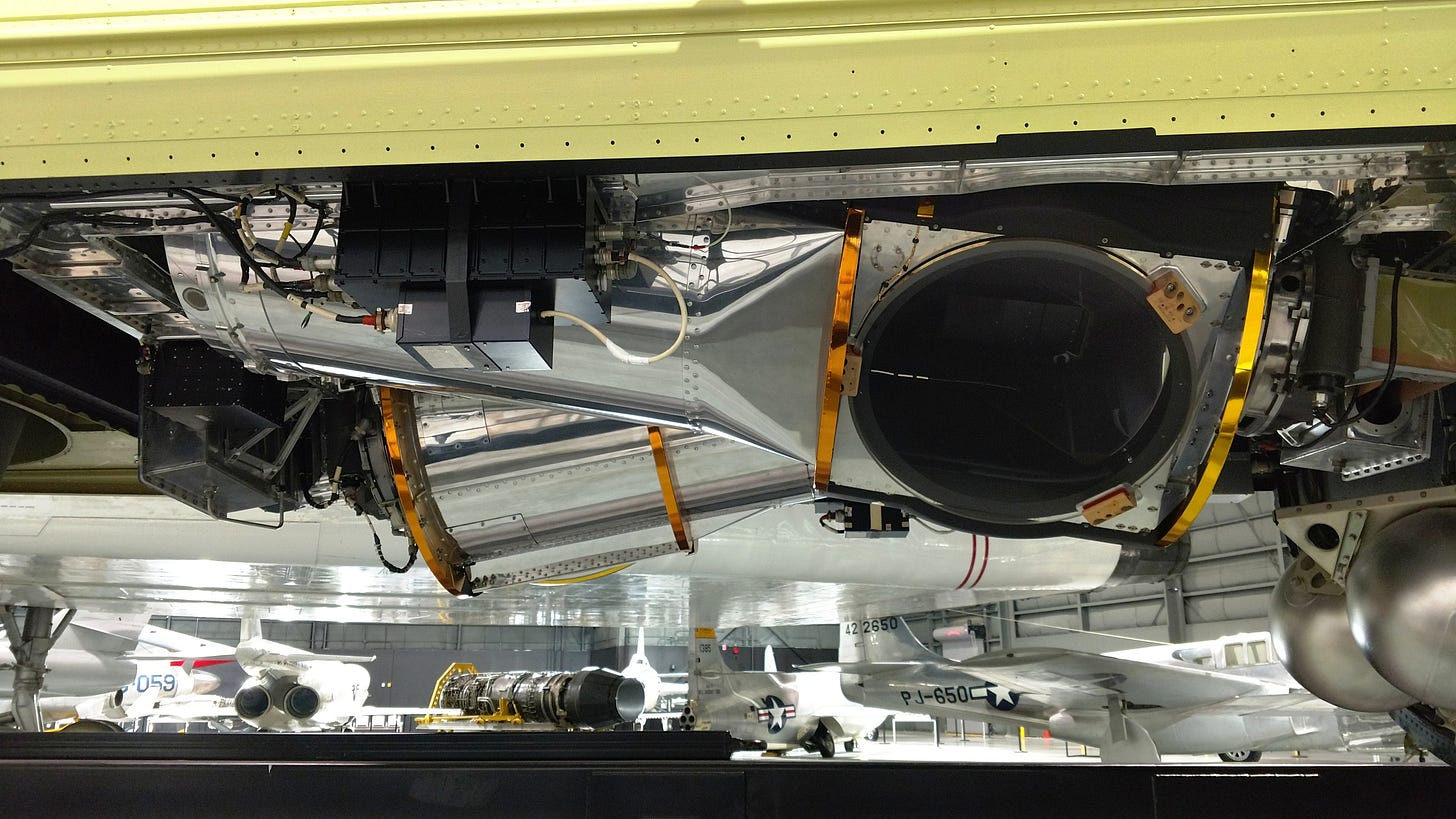
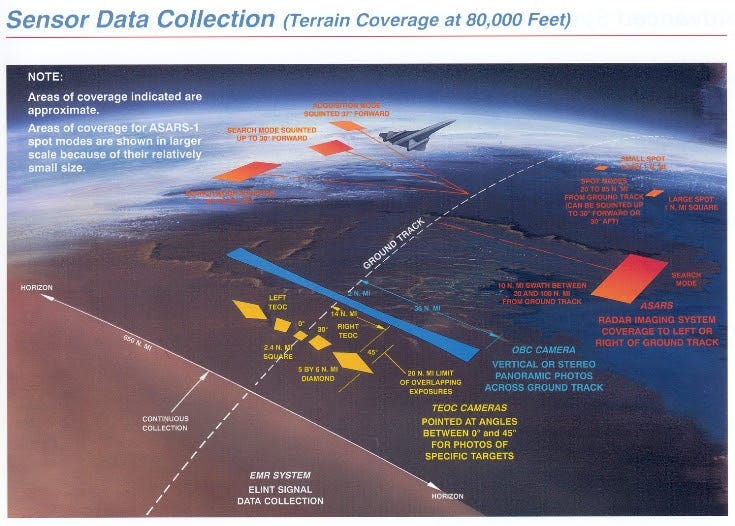


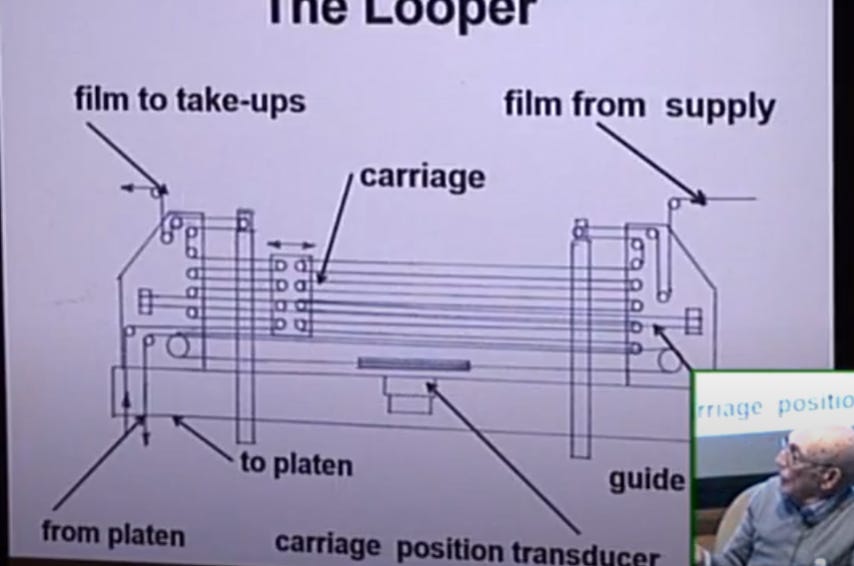





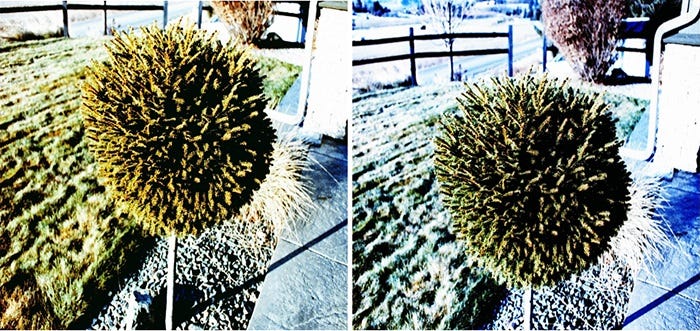
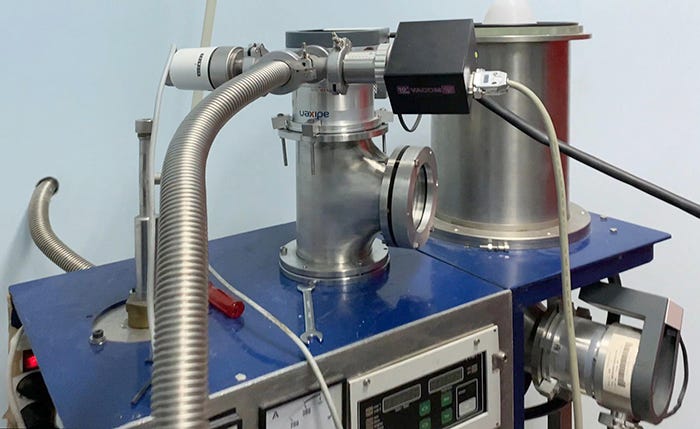


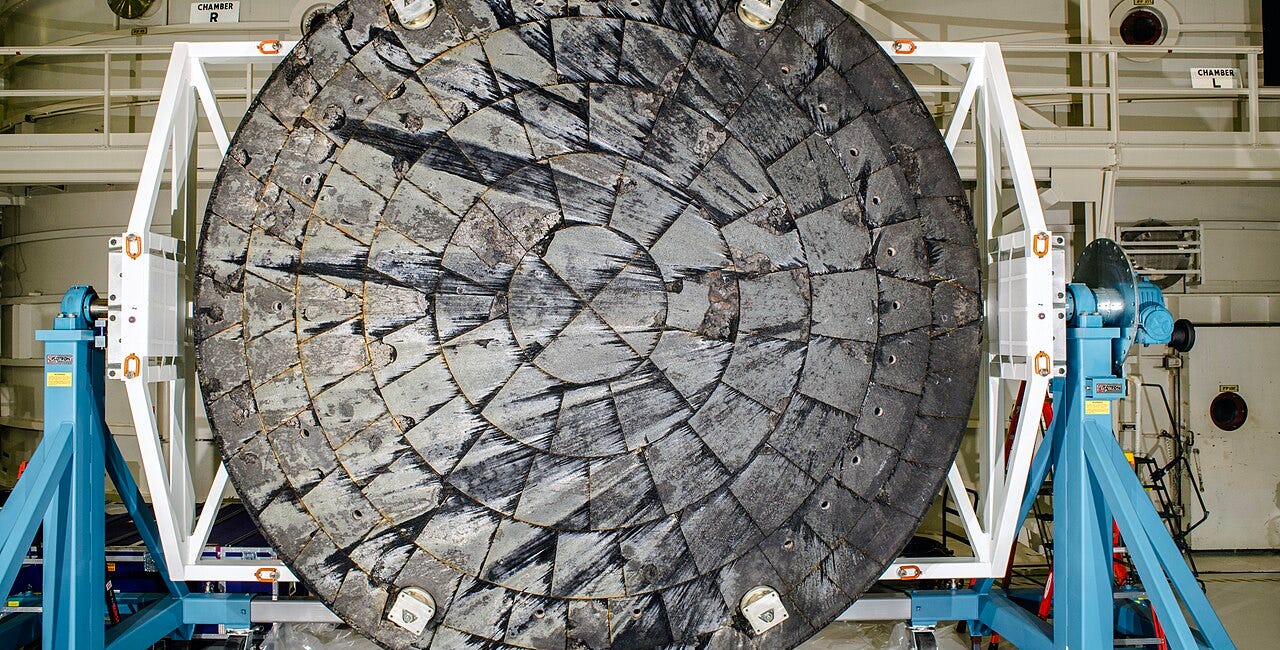
Bart Sibrel (www.sibrel.com) has done a good job of documenting the facts of the Apollo program and illustrating why the technology that existed in the 1960s could not have sent humans above low earth orbit. Two big ones I remember: 1) Fuel Quantity to launch the Saturn V and the crew module into orbit and then to the Moon and back would have to have been launched into orbit before Apollo was sent up. The crew module would have to be of a different design and would have to be refueled in orbit to launch itself to Lunar intercept. 2) Van Allen Belt radiation would have probably killed the crew but most certainly have destroyed the photographic film and television electronics used to document the journey. I was a fan of Apollo and refused to believe the idea that NASA faked it… but I think now that they probably did. So very sad.
You really have to admire the inventiveness of the original liars at NASA, they were top notch, it's like they just don't care anymore. Ho hum, we'll see if DOGE are serious about saving money at the expense of exposing the dark, sordid history of "space" exploration soon enough.